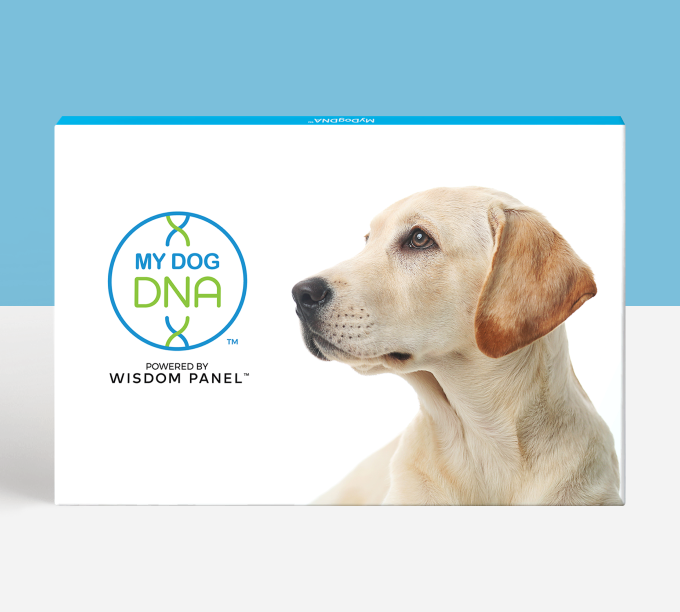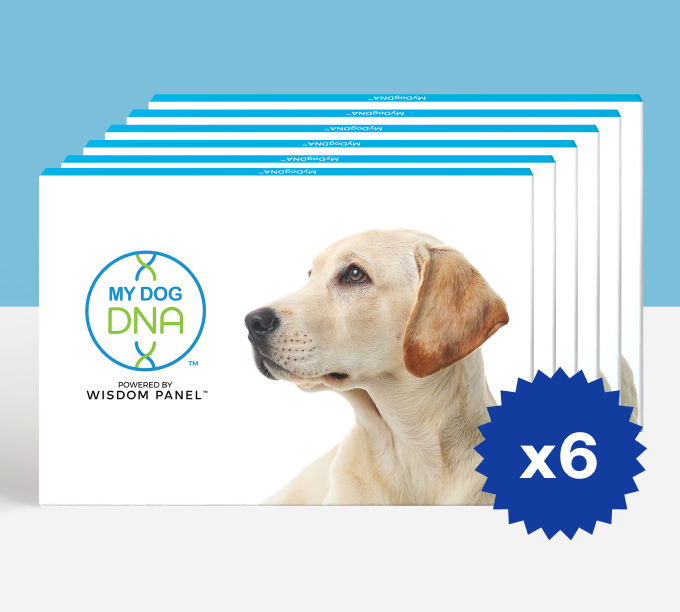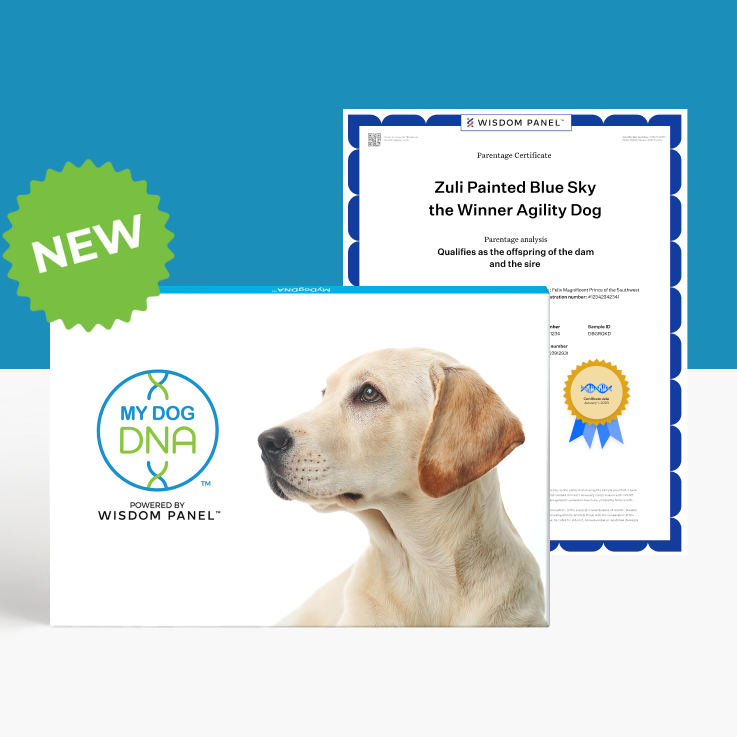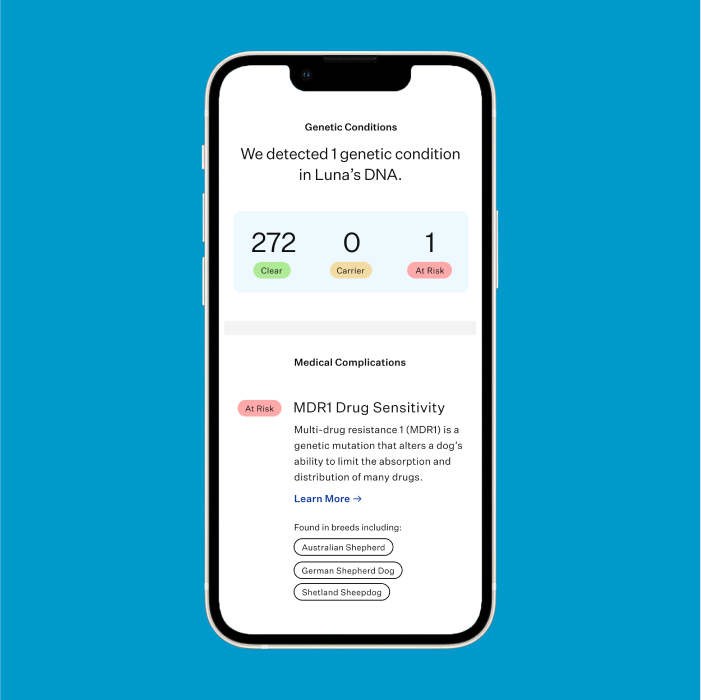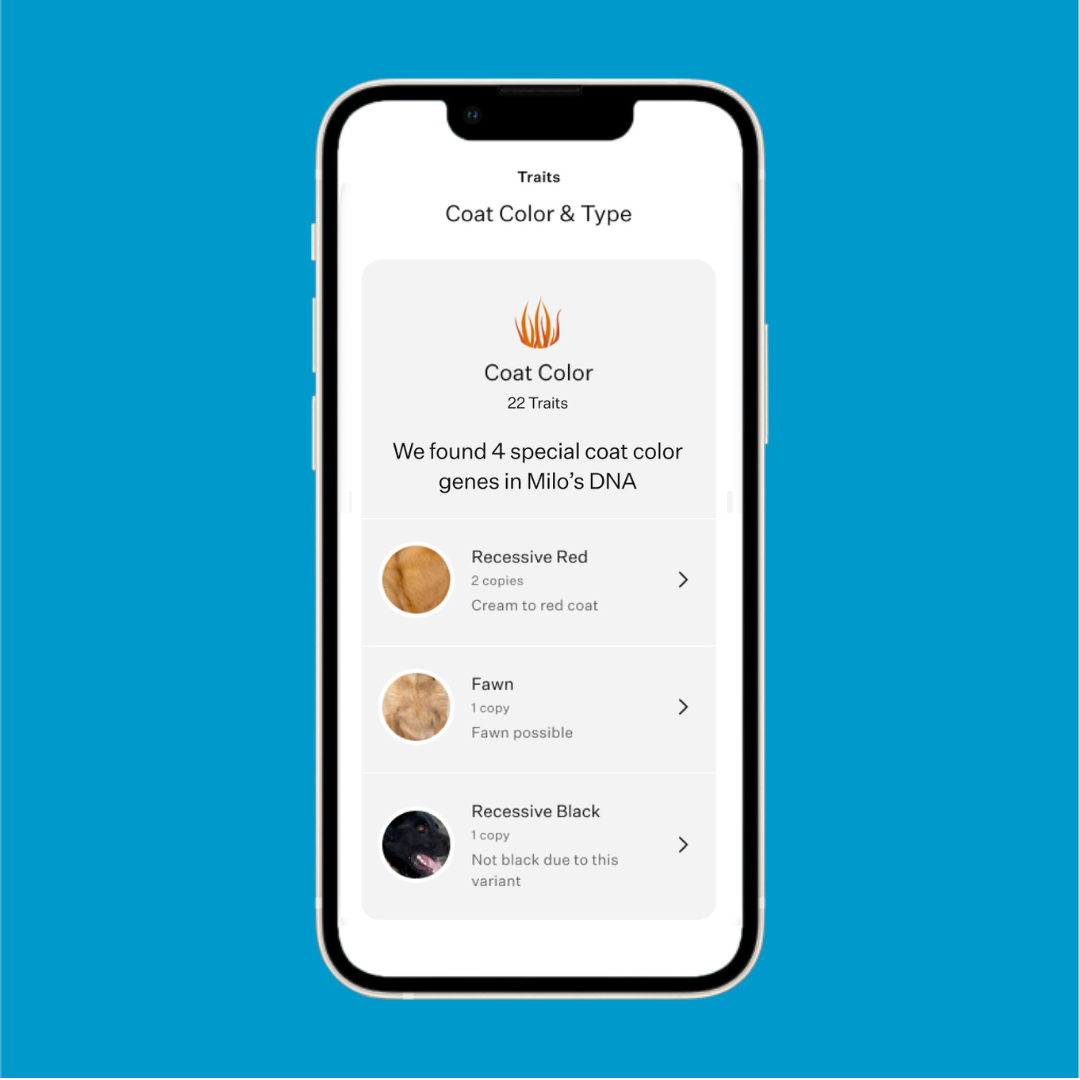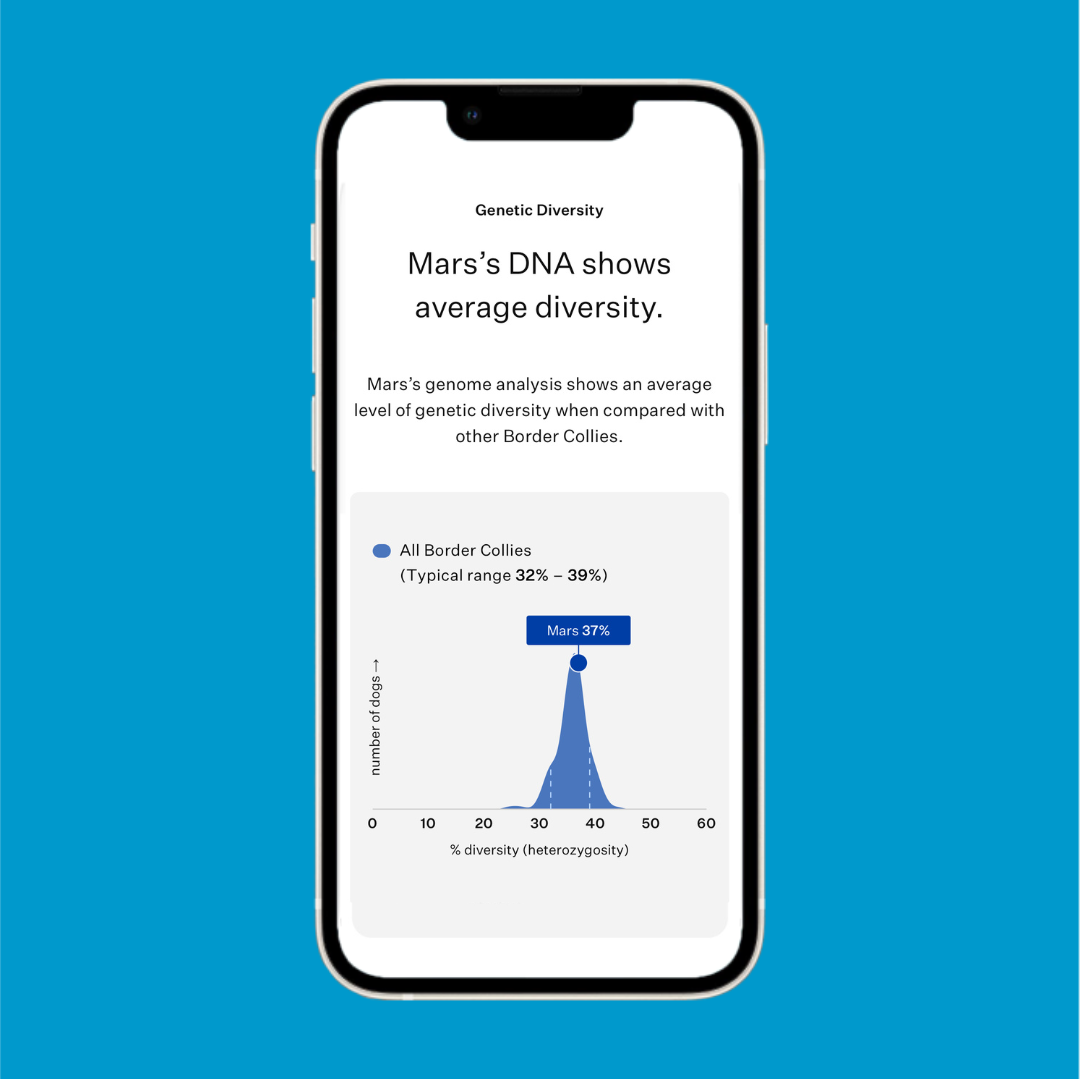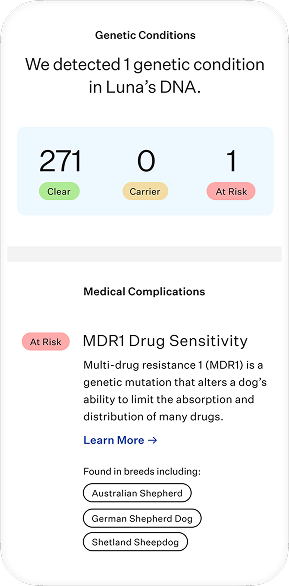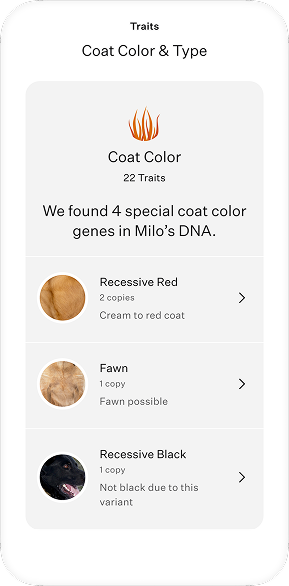Frequently Asked Questions
MyDogDNA™+ DNA Profile with Parentage Service
Buy more and save! Enjoy 15% off orders of 4+ kits using code MULTIKIT
MyDogDNA™ provides breeders with the most comprehensive test of its kind. We’ve taken the latest scientific research on dog population genetics and developed a simple and easy at–home swab test, ideal for use on purebred or purpose-bred dogs.
Streamline your genetic testing with an all-in-one bundle. With one simple cheek swab, you'll get the MyDogDNA™ genetic testing panel plus an ISAG 2020 DNA profile, with complimentary self-service parentage testing (potential parents and offspring must have Wisdom provided ISAG 2020 DNA profiles within your account).
All received DNA test results are reported online to your user account in the secured MyDogDNA™ database.
Product bundle includes:
ISAG 2020 DNA profile + Parentage Service - New!
Permanently identify your breeding dog's unique genetic "fingerprint" using ISAG 2020—the most advanced profiling panel—and confirm pedigree with parentage reporting.*
See a sample DNA report with parentage and profile certificates included
MyDogDNA™ genetic testing panel
Our leading genetic testing panel for dog breeders includes 270+ genetic health tests, including Chondrodystrophy (CDDY), Intervertebral Disc Disease (IVDD) Risk, and pcrd-PRA and CEA, along with 50+ traits, including cocoa and roan, and genetic diversity.
Click to see a sample technical report
Click to see a sample dashboard
What’s included in our leading genetic testing panel
Here’s how Wisdom Panel™ tests deliver actionable insights on traits, and health for both dogs and cats.
4 Easy Steps. One Comprehensive Report.
Compare Products
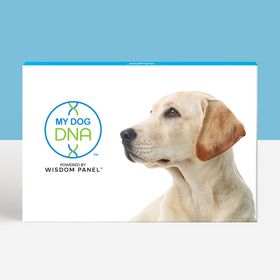 Optimal Selection Standard
Optimal Selection Standard
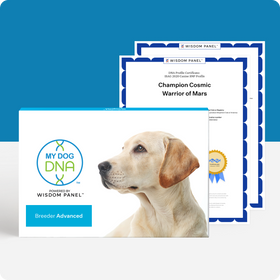 Optimal Selection Advanced
Optimal Selection Advanced
-
 Screens for 270+ health conditions
Screens for 270+ health conditions
-
 Genetic diversity
Genetic diversity
-
 Physical traits and appearance
Physical traits and appearance
-
 ISAG 2020 DNA profile
ISAG 2020 DNA profile
-
 Parentage verification
Parentage verification
-
 Share access with breeders
Share access with breeders
-
 Litter predictions
New!
Litter predictions
New!

Most MyDogDNA™ results arrive around 2-3 weeks after our lab receives your dog's DNA sample. That said, extended times sometimes occur due to circumstances beyond our control (e.g., volume at the lab, holidays, illnesses, natural disasters). You'll get an email notification when your results are ready. Please note—results are digital and available in your online account only. No physical report will be mailed, but you may download a printable technical report from your account.
We recommend waiting at least two hours after feeding your pet a meal or treat to swab. (Water is fine—no delay necessary.) This helps ensure you get an uncontaminated sample.
We recommend waiting at least two hours after feeding your pet a meal or treat to swab. (Water is fine—no delay necessary.) This helps ensure you get an uncontaminated sample.


